Introduction
Balasana (Balasana Pose) is a restful and grounding yoga posture often used as a counter-pose or resting position in yoga practices.
This pose is known for its calming effect on both the body and mind, allowing practitioners to relax and focus on their breathing.
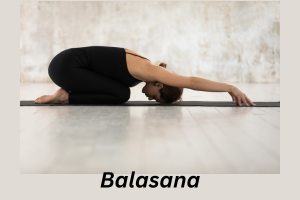
In Sanskrit, “Bala” means child, and “Asana” means pose, symbolizing the way a child naturally curls into this comforting position.
Balasana gently stretches the hips, thighs, and ankles, making it an ideal pose for beginners .
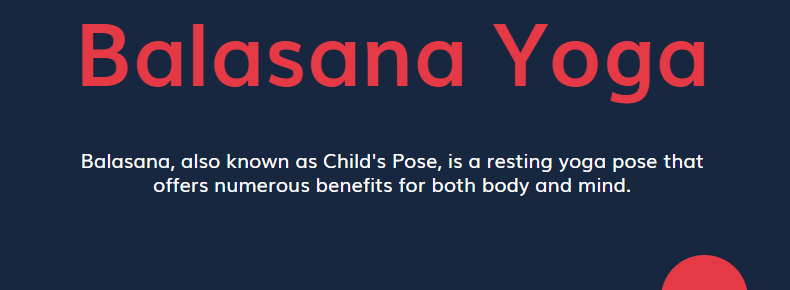
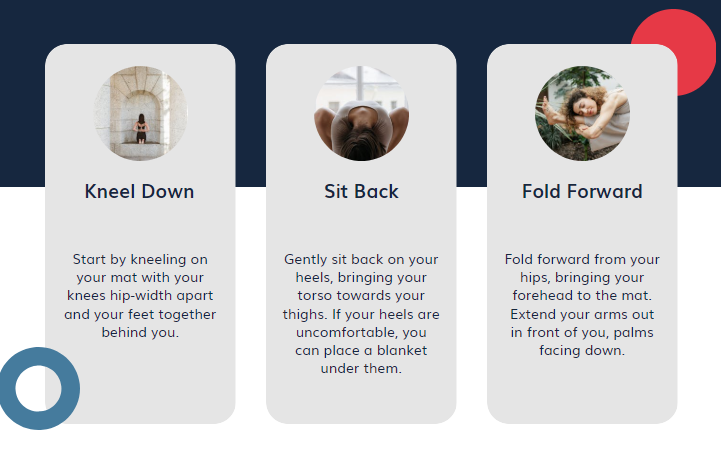
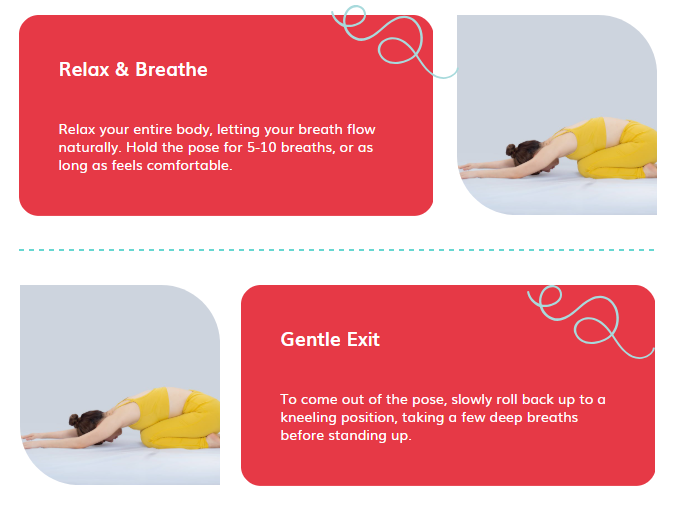
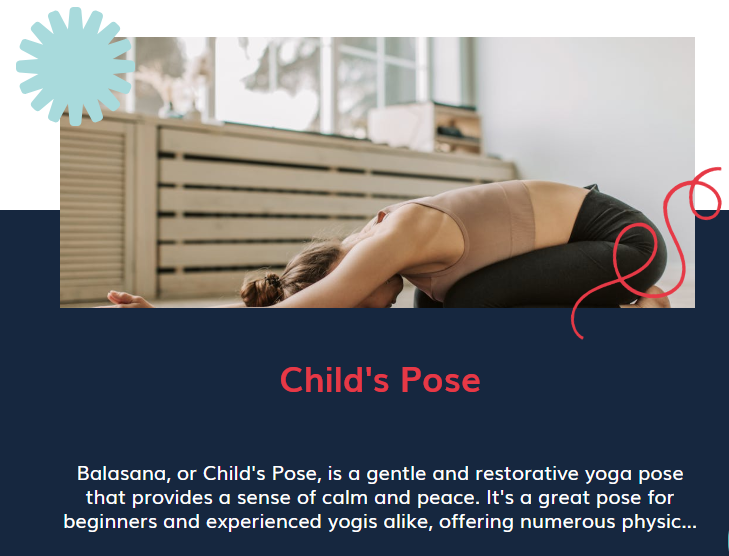
Steps to Perform Balasana Yoga
- Begin on all fours – Start in a tabletop position with your wrists under your shoulders and knees under your hips.
- Knees wide apart – Spread your knees wide, keeping your big toes touching.
- Lower your hips – Gently sit your hips back toward your heels.
- Extend your arms forward – Stretch your arms out in front of you, palms facing down on the mat, or you can rest them alongside your body with palms facing up.
- Rest your forehead on the mat – Lower your forehead to the mat, allowing your neck and head to relax completely.
- Breathe deeply – Focus on deep breathing, holding the pose for 30 seconds to a few minutes as needed.
- Release the pose – To come out, gently rise back up to a tabletop position.
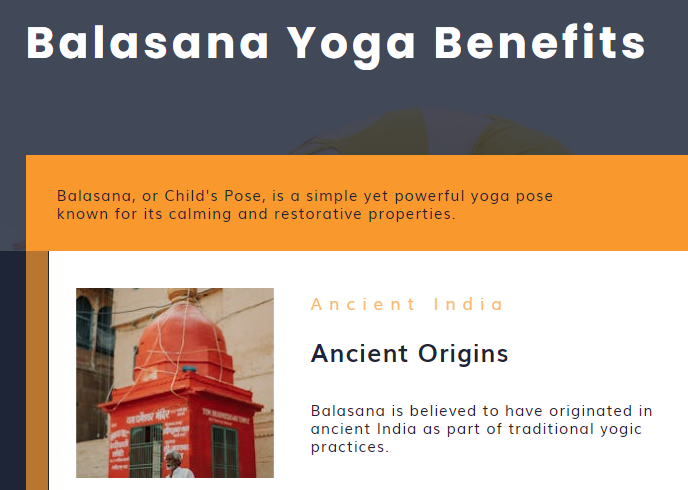
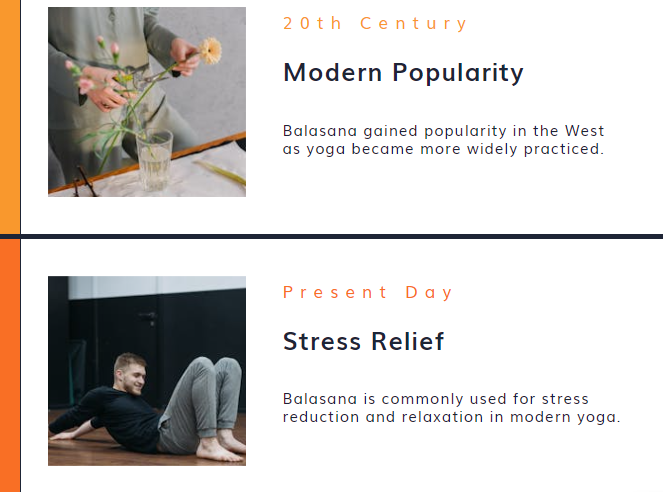
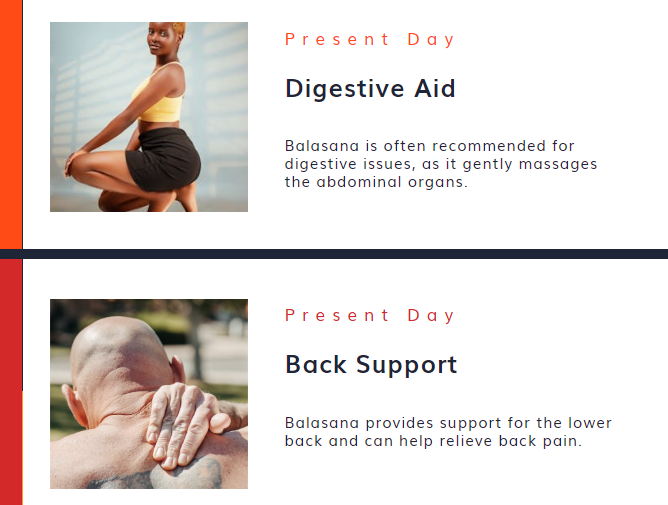
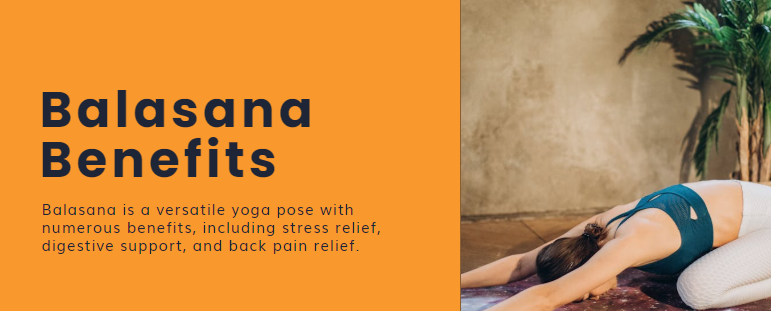
Benefits of Balasana Yoga
- Relaxes the body and mind – Balasana provides a sense of calm and helps reduce stress and fatigue.
- Stretches the hips and thighs – This pose opens and stretches the hips, thighs, and ankles gently.
- Improves digestion – By compressing the abdomen, Balasana can stimulate digestion.
- Releases tension in the back – It offers relief for tension in the lower back and spine, making it an excellent restorative pose.
- Encourages mindfulness – The meditative aspect of Balasana helps practitioners focus inward and practice mindfulness.
- Promotes flexibility – Over time, this pose helps improve flexibility in the hips, knees, and ankles.
- Supports better breathing – The gentle forward fold encourages deeper breathing, calming the nervous system.
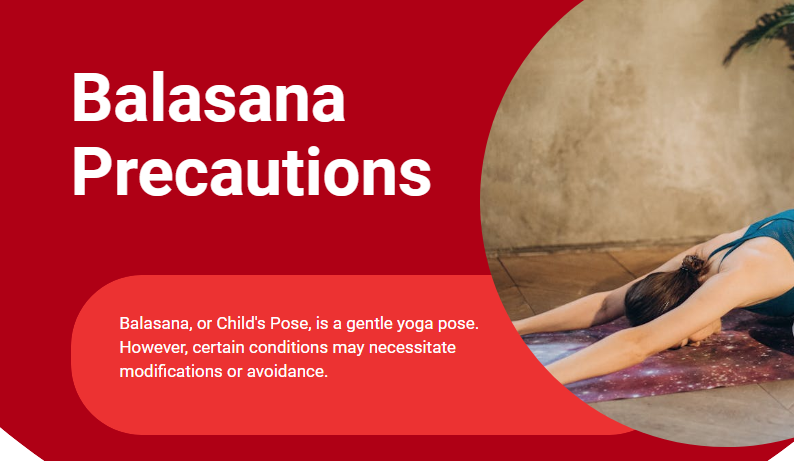
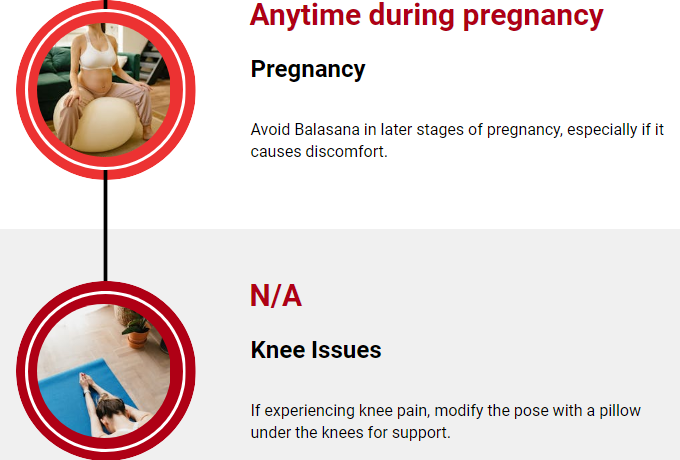
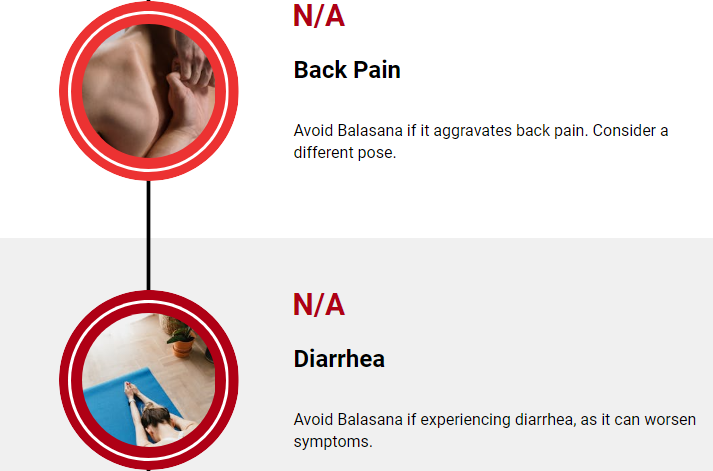
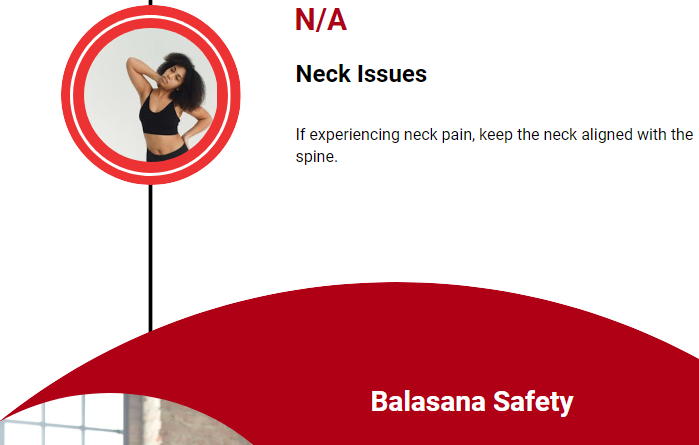
Precautions and Contraindications of Balasana Yoga
- Knee injuries – Avoid or modify this pose if you have any knee injuries or discomfort. Placing a blanket under the knees can offer additional support.
- Pregnancy – Pregnant women should avoid deep forward folding. A wider stance for the knees and placing a bolster under the torso can offer comfort.
- Ankle discomfort – If you experience discomfort in the ankles, consider placing a rolled towel under the ankles for additional support.
- Shoulder or wrist pain – If stretching your arms forward causes discomfort, keep your arms alongside your body.
- High blood pressure or dizziness – Those with high blood pressure or dizziness should avoid lowering the head completely to the floor.
Conclusion
- Balasana is a simple yet powerful yoga posture that helps restore balance in both the mind and body.
- As a resting pose, it is perfect for pausing during yoga sequences to reconnect with your breath and relax.
- Whether you’re using it to release tension or to practice mindfulness, Balasana is a wonderful addition to any yoga practice.
- By focusing on proper alignment and making modifications as needed, this posture can be enjoyed by yogis of all levels, providing comfort, relaxation and healing benefits.
- Balaasana is a gentle, grounding yoga pose that offers deep relaxation and promotes mindfulness.
- It’s an excellent way to calm the mind, stretch the body, and relieve tension, especially in the back, hips, and shoulders.
- Practicing Balaasana regularly can help reduce stress and improve overall well-being by allowing you to tune into your breath and body.
- Whether you’re using it as a restful break during a challenging sequence or as a standalone pose, Balaasana encourages physical and mental balance. With consistency, it nurtures flexibility, relaxation and a deeper connection between mind and body.
